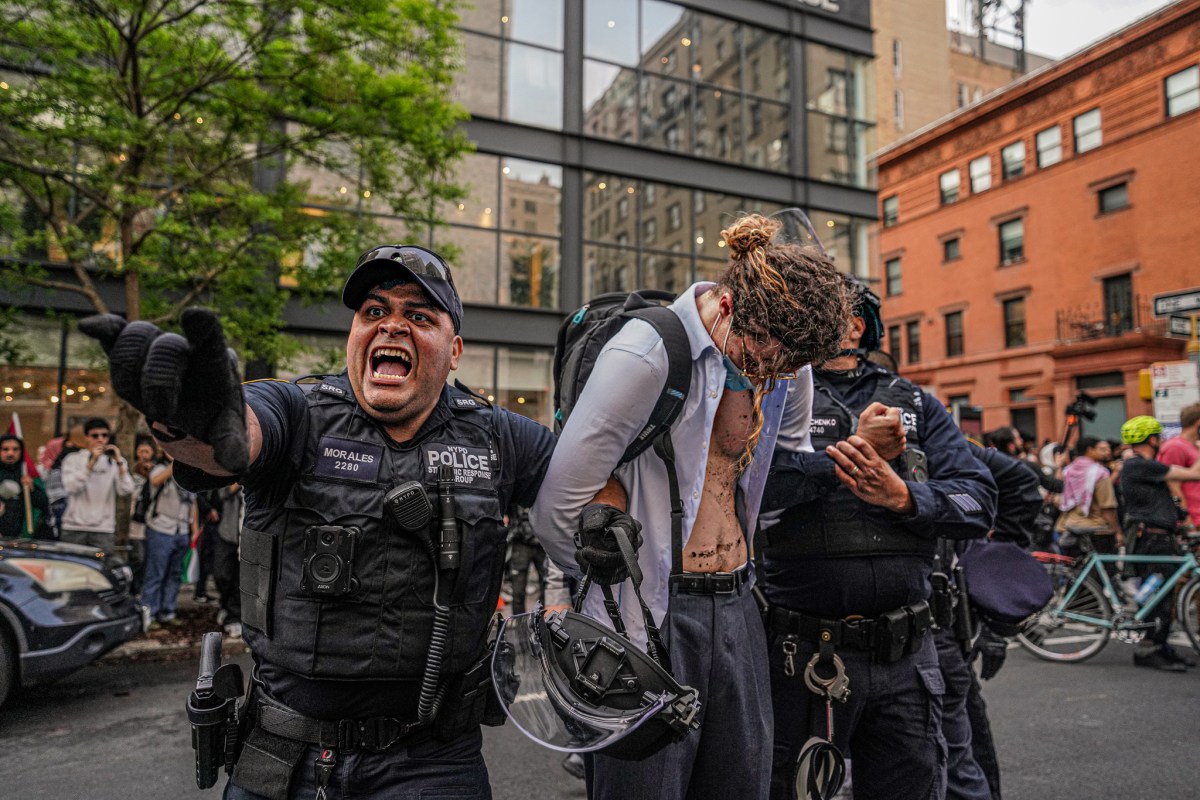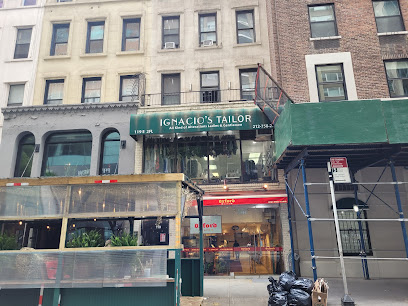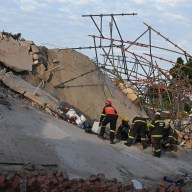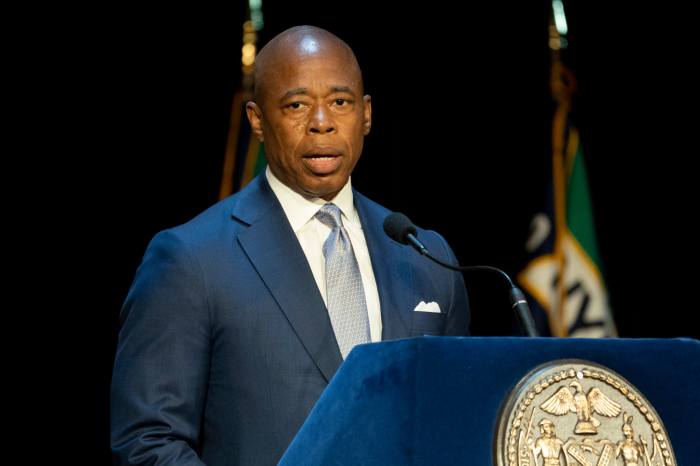It’s a long road from watching CSI to becoming a forensic pathologist. After a four-year undergraduate degree, usually in the sciences, students must complete four years of medical school and then a five-year residency in forensic pathology. That’s 13 years of expensive education, but rewarding for those who stick to it, says Dr. Michael Shkrum, head of the Specialty Committee for Forensic Pathology at the Royal College of Physicians and Surgeons of Canada.
“You have to have a healthy sense of scientific and intellectual curiosity and be willing to sort through some very difficult problems.”
The training includes autopsies, microscopic assessments of specimens removed during surgery and cytology, the study of cells.
Until 2003, there were no accredited residency training programs in Canada, so pathologists went to the U.S. or the U.K. The Royal College now recognizes forensic pathology as a specialty and students can train in Toronto, with other centres to follow.
“We’re hoping that program will generate at least two formally trained Canadian pathologists on a yearly basis,” said Shkrum, who practices at the London Health Sciences Centre in Ontario. The training likely will stay in big cities like Toronto so students can become experts in a wide range of cases.
“There are very exacting legal standards that have to be addressed, because the work of a forensic pathologist can be presented in court,” he said.
There aren’t a lot of forensic pathologists in Canada, Shkrum said, but plenty of work. “We’re really hanging on by our fingernails at the various units across the province. They’re undermanned and there’s a large volume of cases that comes through.”
Many work in hybrid positions, doing surgical pathology and cytology along with forensic pathology.
“We’re seeing some very horrendous, heart-rending cases,” Shkrum cautioned, saying professional detachment is essential. “We deal with a lot of people who died unexpectedly. These are (often) young people who are cut down in their prime.”
















